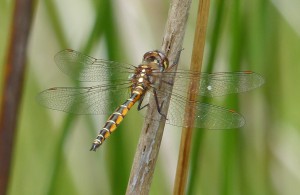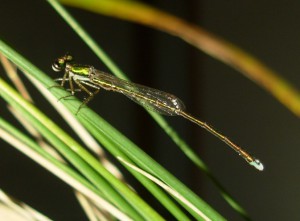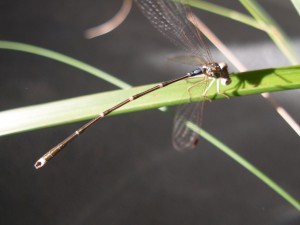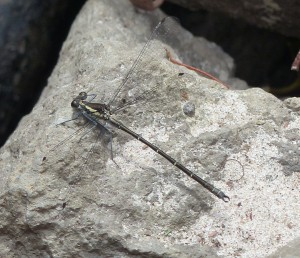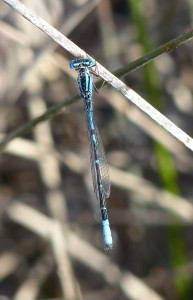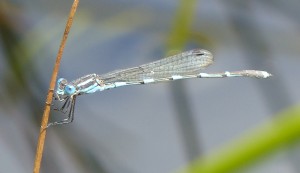Dragonfly and Damselfly update (Part 2)
Since our last blog on dragonflies and damselflies (Part 1) we’ve had a few more species emerge, despite wetlands drying up with the warm and sunny conditions over the past two months. Fingers crossed for a storm or two to keep them topped up a little longer. The following dragonflies and damselflies have been observed flying in parts of south-west Victoria and/or south-east SA along with all of the previously reported species.
The Eastern Swamp Emerald is one I never thought I’d see as it is very similar to the other Emeralds, but in the end it was its behaviour that made me have a closer look. It flew like it had ants in its pants, bouncing up and down and being very busy. The overall size looked slightly smaller too to the Tau Emerald. Observed in the far south-west of Victoria only to date.
The Ancient Greenling is the NGT emblem and we found them flying on the Mount Burr Swamp property back in late December. They have also been observed in Long Swamp.
Slender Ringtail is a widespread and common species with a characteristic blue mark on the first abdominal segment.
The Common Flatwing is a species of rivers andcreeks. This male was photographed along the Stokes River (Vic).
South-western Billabongfly is a species only observed in the upper South East of SA (so far).
Wandering Ringtail is about only in freshwater wetlands in the lower parts of the Green Triangle (so far).
Keep those cameras and binoculars close at hand as Part 3 of this series will come through later in January as I know there are still a few species to see. Maybe you’ll come across them before I do!!

